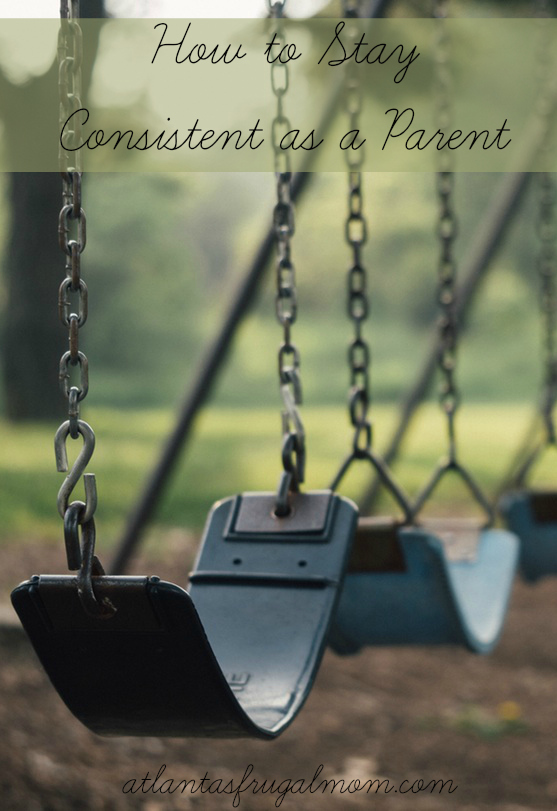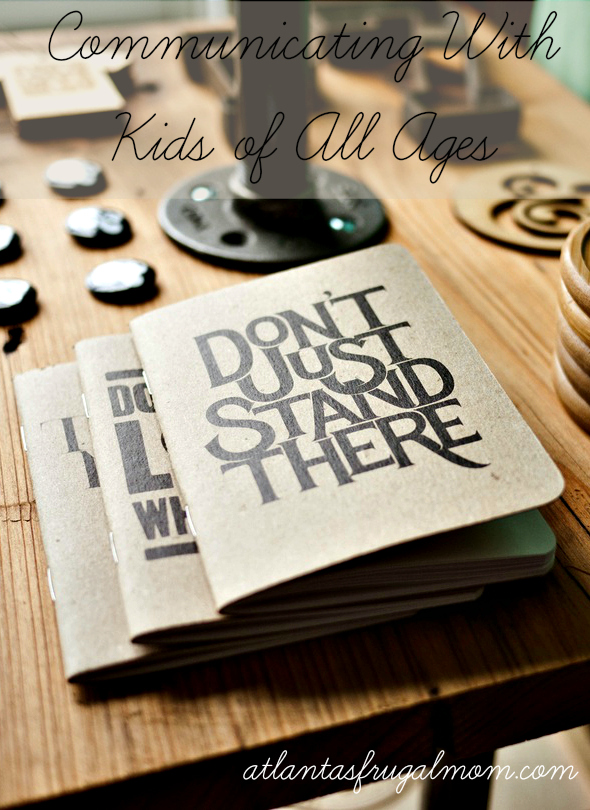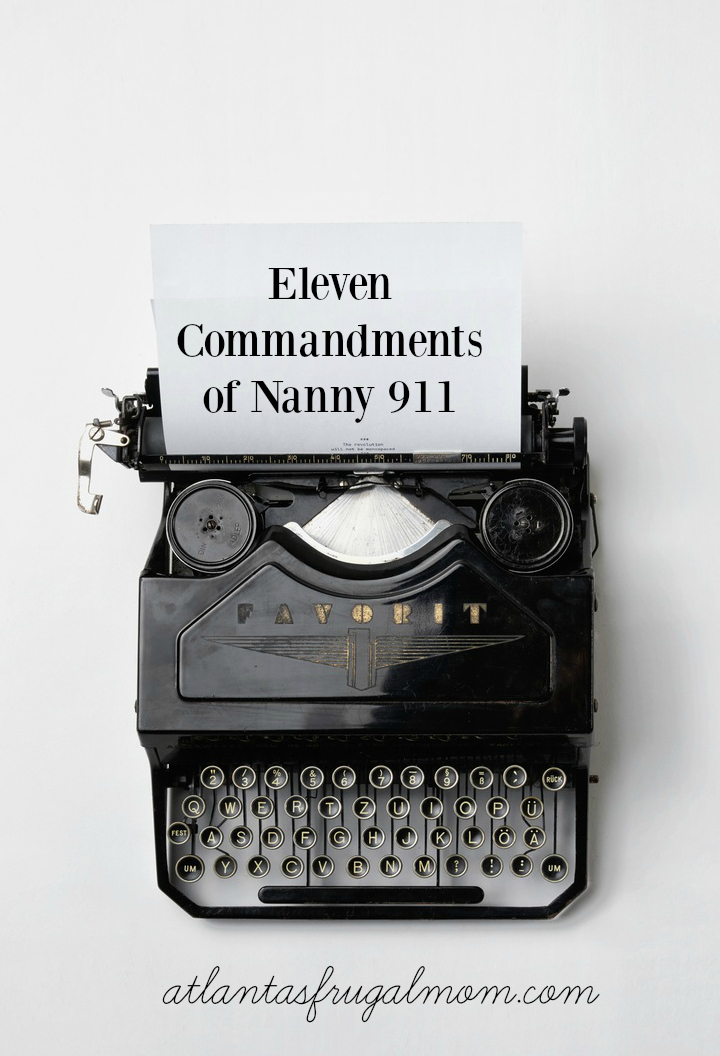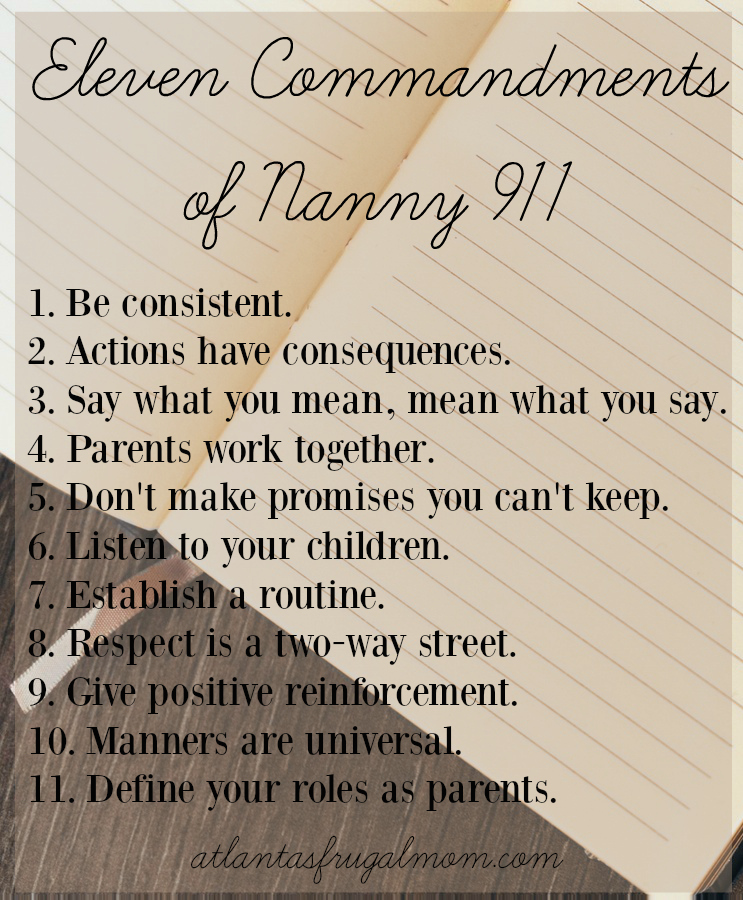 Parenting is tough. Marriage is tough. Kids are tough. Life is tough. You get the picture! Even if you and your partner have completely different parenting styles, you’re still one team and you must work together. Nanny 911 has not only taught me about parenting – about teaching the kids what to expect, about following through, and of course about the Naughty Chair – it’s also taught me about growing my relationship.
Parenting is tough. Marriage is tough. Kids are tough. Life is tough. You get the picture! Even if you and your partner have completely different parenting styles, you’re still one team and you must work together. Nanny 911 has not only taught me about parenting – about teaching the kids what to expect, about following through, and of course about the Naughty Chair – it’s also taught me about growing my relationship.
Even if you disagree in the moment, do not argue about the kids’ behavior and discipline in front of them. I’m not saying you always have to agree on everything, heaven knows kids need to see that you can disagree and work through it. I’m just saying when it comes to their behavior and consequences, discuss differences of opinions behind closed doors. Behind closed doors is where you’ll sit down and hash it out – respectfully, of course. You’ll talk about your side, his side, and then you’ll reach a compromise.
Types of Parents
Angry Parent: If you’re the parent with the short fuse – always angry and yelling – I bet your kids either tun it out, or think it’s appropriate to act that way and start yelling as well. Am I right? Your spouse might tune it out as well, and then loosen the reigns behind your back, undermining your authority. Or maybe your spouse is the short-fused one, and you find yourself “making up” for it by being more lenient.
Instead of yelling, try taking a few deep breaths or using a stress ball. Identifying your triggers beforehand will help you work on self-control in the moment.
Softy Parent: If you’re the parent that makes excuses for your child’s behavior – pretending their disrespect is “no big deal” – your partner might be pretty frustrated with you. And playdates are most likely a nightmare, so your friends might be upset, too! Do your kids get away with things you know they shouldn’t, and essentially rule the house?
Stop making excuses. Write out clear expectations for your children and yourself, so everyone is on the same page and knows which behaviors are okay – and which are not.
There are several other parenting styles discussed in the Nanny 911 book. They are covered in great detail and I love that the book gives you tips for how to handle each parenting type.
Making Your Relationship a Priority
When you’ve been married a while, sometimes things can get pushed to the side – like date night. I understand how easy it is to get swept up into the routine of just being Mom and Dad, but at some point your kids will be grown and you have to be able to function as a married couple, right? Don’t put date night off for 18 years!
Even if you can’t escape the house on a regular basis, you can have a date night in after the kids go to bed. There are tons of ideas for date nights – both in the house and out – on Pinterest! I know it’s difficult to find a babysitter sometimes, but at least try to make date night out a priority as well – even if it’s just once a month, for a few hours!
Check out the rest of my Nanny 911’s series:
--Barbara
**Remember, y'all, this post may contain affiliate links. I receive a small amount of compensation when you purchase from my links, which I"ll totally blow on waffle fries and sweet tea, y'all!**


 If there is just one area that most parents – as a whole – fail in, it’d be consistency. We fail at consistency in all parts or our lives at one point or another, right? That diet that’s “going to start on Monday”, or the gym membership we pay for and never use, or whatever else we might’ve started and stopped doing over the course of our lives. It’s all about staying consistent, and as a whole we do not have a great track record. That is about to change, with
If there is just one area that most parents – as a whole – fail in, it’d be consistency. We fail at consistency in all parts or our lives at one point or another, right? That diet that’s “going to start on Monday”, or the gym membership we pay for and never use, or whatever else we might’ve started and stopped doing over the course of our lives. It’s all about staying consistent, and as a whole we do not have a great track record. That is about to change, with  A big part of the
A big part of the  You’ve read the
You’ve read the  Nanny 911 is a popular television show that gives us a peek into the lives of other families, most notably ones with out of control kids. Every time I see the show, I learn something new. Sometimes, it’s learning what I’m doing “wrong”, and sometimes it’s just breathing a huge sigh of relief that my kids aren’t those kids. With that being said, I think there are many things we can learn from Nanny 911 so let’s talk about the 11 Commandments of Nanny 911.
Nanny 911 is a popular television show that gives us a peek into the lives of other families, most notably ones with out of control kids. Every time I see the show, I learn something new. Sometimes, it’s learning what I’m doing “wrong”, and sometimes it’s just breathing a huge sigh of relief that my kids aren’t those kids. With that being said, I think there are many things we can learn from Nanny 911 so let’s talk about the 11 Commandments of Nanny 911.








